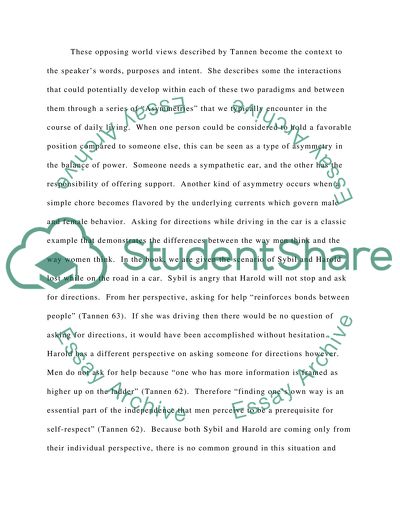Cite this document
(“Differences in Communication Styles Between the Genders Essay”, n.d.)
Differences in Communication Styles Between the Genders Essay. Retrieved from https://studentshare.org/gender-sexual-studies/1554310-third-essay-assignment
Differences in Communication Styles Between the Genders Essay. Retrieved from https://studentshare.org/gender-sexual-studies/1554310-third-essay-assignment
(Differences in Communication Styles Between the Genders Essay)
Differences in Communication Styles Between the Genders Essay. https://studentshare.org/gender-sexual-studies/1554310-third-essay-assignment.
Differences in Communication Styles Between the Genders Essay. https://studentshare.org/gender-sexual-studies/1554310-third-essay-assignment.
“Differences in Communication Styles Between the Genders Essay”, n.d. https://studentshare.org/gender-sexual-studies/1554310-third-essay-assignment.


